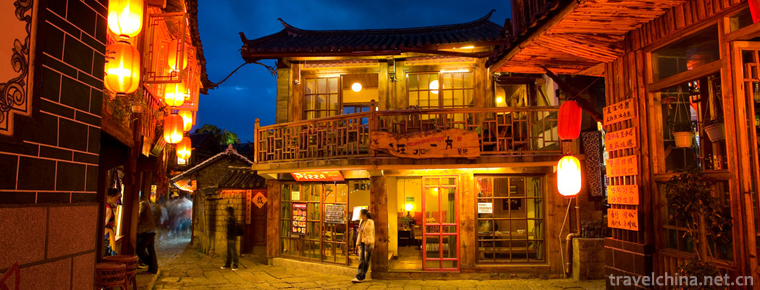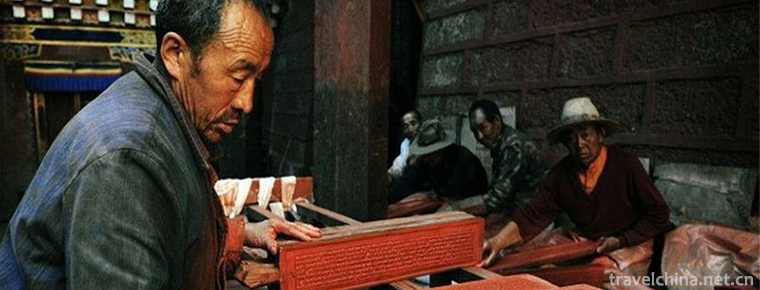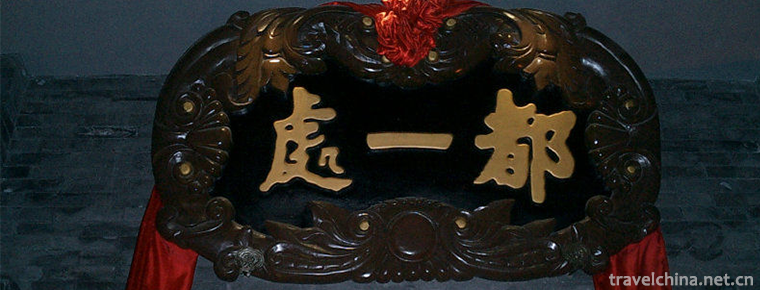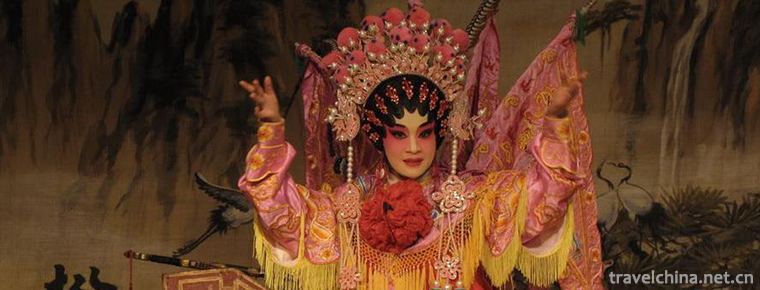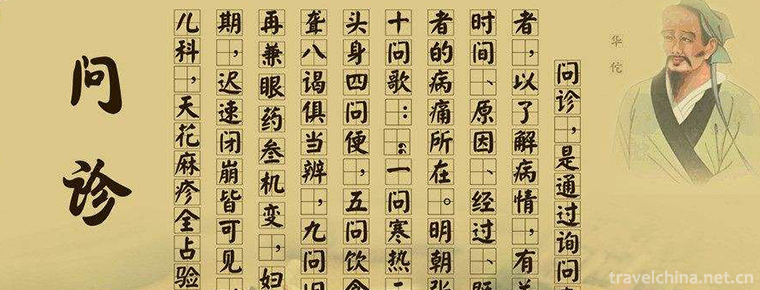Landscape Architecture in Yangzhou
Landscape Architecture in Yangzhou
brief introduction
Yangzhou gardens began in the Western Han Dynasty, flourished in the Sui and Tang Dynasties, matured in the Song and Ming Dynasties, and flourished in the Qianlong Period of the Qing Dynasty. The book "Garden Governance" written by the Ming Dynasty is the first monograph on gardening in the world. It highly summarizes the theory and practice of gardening in Yangzhou, and is still regarded as a classic by gardeners.
He Yuan Shuixin Pavilion
Artistic modeling
The traditional gardens constructed in Yangzhou show unique beauty not only in appearance, but also in structure and detail. It integrates the north and the south, and has its own style. It is magnificent and beautiful, elegant and healthy. The lofty and upright halls and pavilions, the thick and ancient rockery, and the exquisite and leaky walls are beyond the scope of other places. His poetry and painting character and exquisite style highlight the unique style and achievements. "Yangzhou is famous for its scenic gardens and its famous women for its stone bases." "Yangzhou should be the first place in building houses."
Geyuan Baoshan Building
Construction style
Yangzhou's "combination of house and yard" has its unique achievements and style in architecture, and it is an area to study traditional architecture in China. Building a homestead, choosing materials and doing meticulous work, not only pursues the overall effect, but also makes every effort to carve in the subtleties. Landscape architecture in the corridor, window carvings, grinding brick wall, etc., all reflect the exquisite workmanship of building in Yangzhou.
Slender West Lake Wuting Bridge
Yangpai stacked stone pays attention to "hollow and extraordinary", or risk-taking, or floating method to move. In the cave, there are stone beds, benches, tables, water diversion and bridges. There are holes in the cave, which can be traveled, seen and inhabited. The holes are deep and unfathomable, and there are many dangers in the abrupt places. In the early Qing Dynasty, the painter Shi Tao created the "Sheet Stone Mountain House", which is "the sole foundation of the human world". "Four Seasons Rockery", "Spring Mountain, Summer Mountain, Autumn Mountain, and Winter Mountain" in Geyuan have pushed the Yangtze School to a new peak.
Yangzhou Garden is good at making "dry garden water", creating mountain streams, waterfalls, rivers, sea waves and other shapes, boats, bridges, water pavilions, pools and other waterfront scenery, making people feel like water without water, water in mind, its generalization and refinement of water scenery is more symbolic and artistic. In the allocation of flowers and trees, attention should be paid to variety, shape, color, implication and the relationship with other landscapes in order to pursue exquisiteness.
Stone hill house
Inheritance significance
Landscape construction techniques in Yangzhou have gradually formed into a complete and unique art category. The inheritance, protection and development of this art not only plays an indispensable role in maintaining and utilizing the famous gardens and historic blocks of past dynasties, but also plays a prominent role in building cultural cities, garden cities, beautifying people's lives and building a harmonious society.

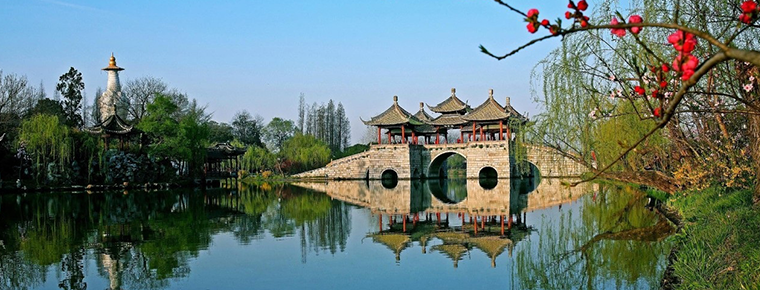
-
Lijiang Ancient Town
Lijiang Ancient City is located in the ancient city of Lijiang City, Yunnan Province.
Views: 207 Time 2018-10-17 -
Dang Kou ancient town
Dangkou Ancient Town is located in the southeast of Xishan District, Wuxi City, Jiangsu Province. It is adjacent to the Yue noble tombs and Taibo Tombs in the west, and to Suzhou and Changshu in the e.
Views: 129 Time 2019-01-08 -
Tibetan Engraving and Printing Techniques
Tibetan engraving and printing skills of Dege Printing Institute, local traditional handicraft skills of Dege County, Sichuan Province, and one of the national intangible cultural heritages..
Views: 357 Time 2019-04-05 -
Duyi barley roasting technology
Duyi Maiguan was opened in 1738, the third year of Qianlong in Qing Dynasty. The entrepreneur's surname is Wang, and his native place is Shanxi. For the first time.
Views: 204 Time 2019-04-28 -
Sama Dance
Sama dance is a kind of folk dance that the Uygur working people dance together during the New Year's Festival. Its movements are simple and powerful. It is mainly popular in Kashgar and Shache of Sou.
Views: 111 Time 2019-06-12 -
Sichuan Zhuqin
Sichuan Zhuqin is an ancient traditional opera. The performers hold fishing drums and rap stories. The original name is Mingqin. Because its accompaniment instrument is a bamboo drum drum, it is also .
Views: 85 Time 2019-06-16 -
Cantonese opera Yuequ
Cantonese Opera is a popular Cantonese dialect area in Guangdong and Guangxi, and has spread to Hong Kong, Macao, Southeast Asia and the Americas where Cantonese overseas Chinese live. It is a variety.
Views: 154 Time 2019-07-16 -
Diagnosis of Traditional Chinese Medicine
Diagnosis of traditional Chinese medicine, one of the traditional Chinese medicine, is declared by the Chinese Academy of Traditional Chinese Medicine, one of the national intangible cultural heritage.
Views: 325 Time 2019-08-10 -
Brick carving
Brick carving refers to the carving of landscape, flowers, figures and other patterns on green bricks. It is an important art form in ancient architectural carving. The production technology and core .
Views: 241 Time 2019-08-10 -
Cao Yu pen name of Wan Jiabao
Cao Yu (September 24, 1910 - December 13, 1996) writer better known as Cao Yu Xiaoshi, Xiaoshun Jia, Han nationality, native to Hubei. Qianjiang Born in a declining feudal bureaucratic family in Tianj.
Views: 276 Time 2019-09-07 -
China Agricultural University
China Agricultural University (China Agricultural University), referred to as "China Agricultural University", is located in Beijing City By Ministry of Education of the People's Republic of.
Views: 184 Time 2019-12-21 -
Biological resources of Suining
There are many kinds of biological resources in Suining. There are more than 1500 varieties or strains of biological resources found and utilized in Suining, including more than 1000 plant resources and 367 cultivated varieties of crops. The territory belongs.
Views: 323 Time 2020-12-16
